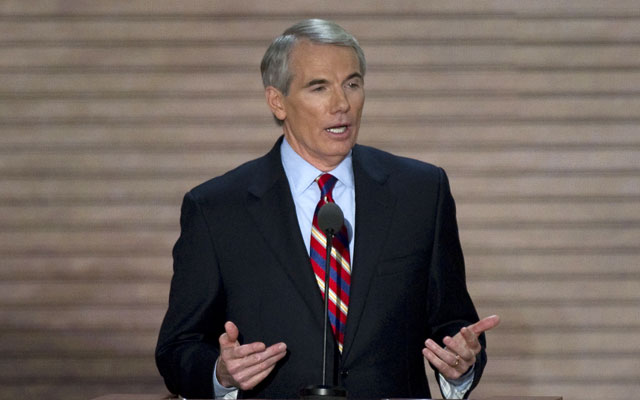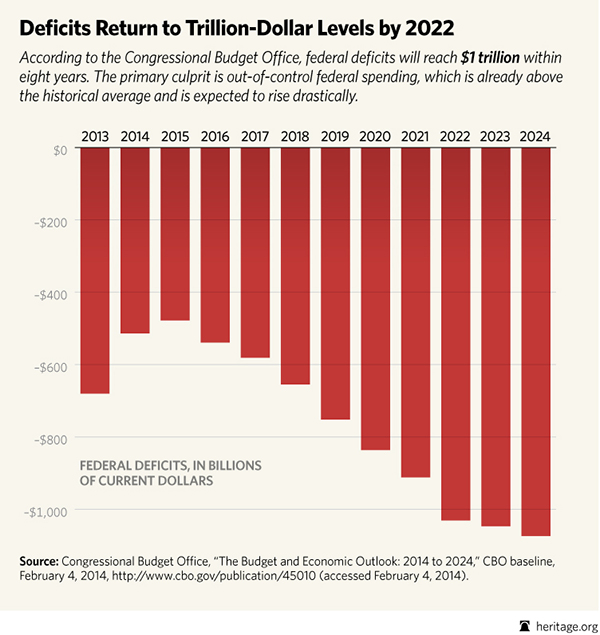Since November 2008, the Federal Reserve has gone through three rounds of quantitative easing to help stimulate the economy. Whether the efforts have helped for the long-term has yet to be seen, but many expect the Fed's actions to start tapering off later this year. Here's a look at key events in the Federal Reserve's bond-buying efforts, as well as the market's reaction.
November 25, 2008
Fed unveils $800 billion plan to bolster lending, housing
With financial markets still not working smoothly two months after almost shutting down, the Federal Reserve unveils steps aimed at lowering borrowing costs for consumers and home buyers.
The central bank announces plans to purchase up to $100 billion in direct debt of Fannie Mae, Freddie Mac and the Federal Home Loan Banks, along with up to $500 billion of mortgage-backed securities backed by Fannie, Freddie and Ginnie Mae (the government-sponsored enterprises, also known as GSEs).
March 18, 2009
Federal Reserve to buy $300 billion in longer-term Treasury bonds
The Federal Reserve says it will buy $300 billion in longer-term Treasury bonds to help arrest a deepening slide in the U.S. economy, a surprise move that send stocks soaring and triggers violent moves in other markets. The Federal Reserve's move signals it will boost the size of its balance sheet to more than $4 trillion.
Following the Fed decision, gold futures and U.S. stocks rally, while the dollar plunges against other major currencies. In the bond market, Treasury prices soar, sending yields plummeting by the largest amount since 1987.
November 3, 2010
Federal Reserve to buy $600 billion in bonds
The Federal Reserve pledges to start a controversial new $600 billion bond-buying spree to rescue the economy from its current doldrums. The FOMC says it will buy up to $600 billion in long-term Treasurys until the end of June 2011, including about $75 billion this month.
This is the second time the Fed engages in quantitative easing, as it snapped up $1.7 trillion in mostly housing-related assets between December 2008 and March 2010.
September 21, 2011
Federal Reserve moves to lower interest rates on consumer loans with a $400 billion debt-swap program
In a statement, the Fed says it will buy $400 billion of Treasury securities in the 6- to 30-year range and sell an equal amount of maturities of 3 years or less. The purchases to be completed by the end of June 2012. The Fed also announces a new plan to purchase agency mortgage-backed securities with proceeds of maturing securities. The Dow Jones Industrial Average closes down 283.82 points, or 2.5%, at 11,124.84.





